Magic is an integral feature of Dungeons & Dragons, available to heroic adventurers and monsters alike. While six of the game’s core classes are spellcasters that are based around the use of magic, nearly each of the game’s martial classes is capable of wielding magic through specific subclasses.
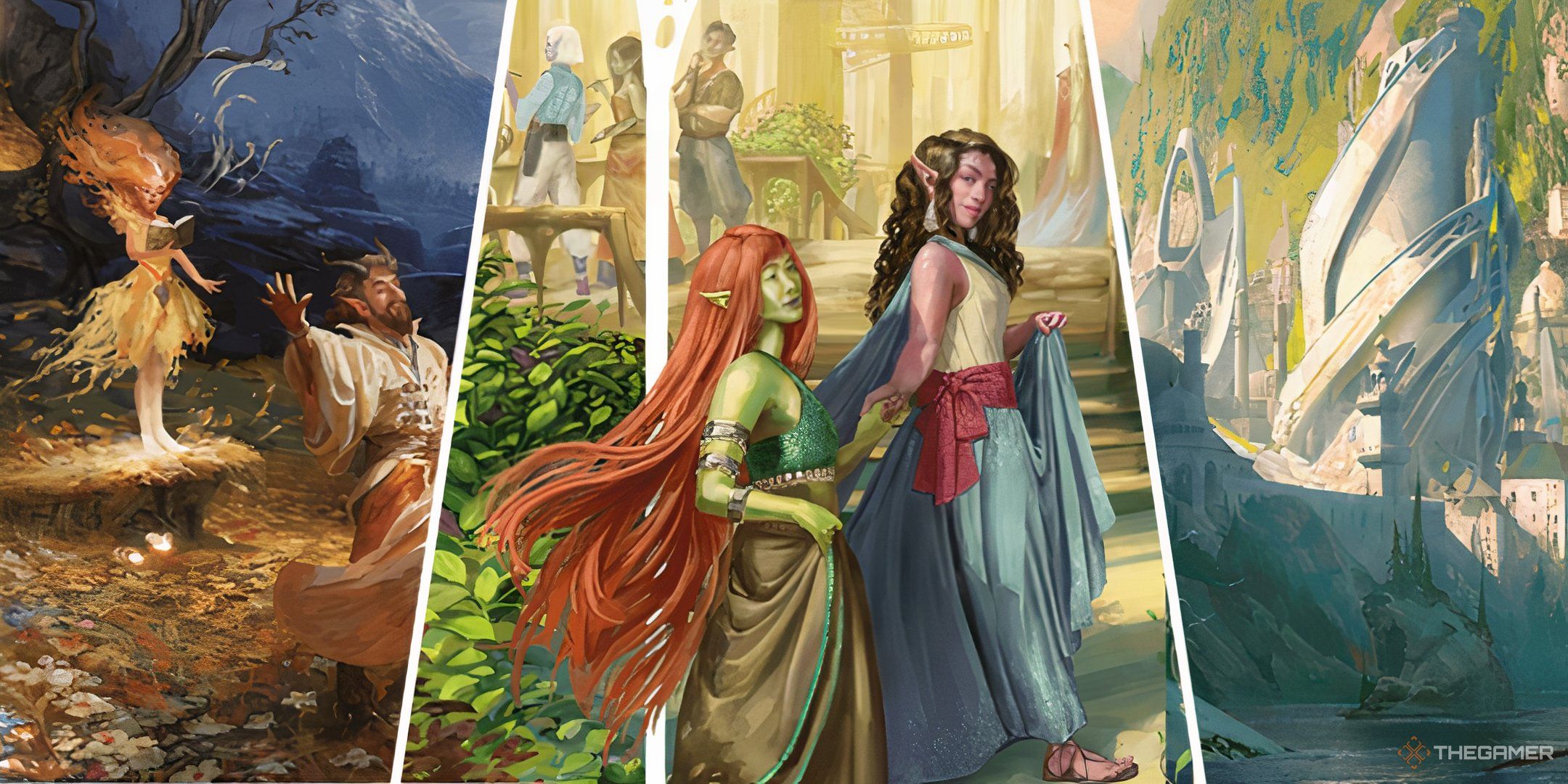
Related
Dungeons & Dragons: The Types Of Elves Explained
Elves come in many shapes and forms in D&D. Check out your favorite ones.
When examining the spells of D&D, each spell is part of one of the game’s eight schools of magic, with each of these schools possessing its own identity and types of magical effects that may be found within them. So we’re going to break down everything you need to know about the eight schools of magic in Dungeons & Dragons!
Updated on February 16, 2025, by Jack Filsinger: Whether you’re starting your tenth campaign or diving into Dungeons & Dragons for the first time, it’s important to understand how all the schools of magic work in 5e. We’ve updated this guide with some additional info on each school’s main effects, and the best classes to play for each one.
Why Do Schools Of Magic Matter?
Before diving into each school of magic and what it represents, you might be wondering why schools of magic matter at all.
For the most part, a school of magic typically just denotes the flavor of a spell or captures what the spell description already explains in greater detail.
However, understanding what each school of magic is important for one very important reason: some spells work better when you understand how schools of magic work.
For example, when casting Detect Magic, you get to sense the presence of any magical effects around you, and you get to know what school of magic the magic belongs to. So, if you cast Detect Magic on a trap glyph in the center of a dungeon and sense Evocation magic coming from the glyph, you can likely infer that this glyph triggers some sort of elemental attack effect.
This is great for detecting magical traps, environmental hazards, or sentry spells like Arcane Eye.
What Are The Schools Of Magic?
Every single spell in Dungeons & Dragons belongs to a different school of magic and is listed in the spell’s description. These eight schools define the type of effects a spell creates and flavors magic, giving it a certain character.
Here is a breakdown of the eight schools of magic.
Abjuration
The school of Abjuration is home to a variety of wards and defensive spell options that can be used to protect one’s self or an ally from harm.
While many early-level Abjuration spells such as Mage Armor, Protection from Evil and Good, and Shield are quite straightforward in their warding capabilities, the school of Abjuration is quite multifarious.
In addition to covering protection-based spells, the school of Abjuration is home to the magic that can be used to combat magic itself, such as Counterspell, Dispel Magic, Greater Restoration, Nondetection, and Remove Curse.
Conjuration
-
Conjuration Best Classes
-
Druids, rangers, wizards, clerics, and bards.
Conjuration is a school of magic that is primarily defined by the ability to summon and create creatures and objects as well as its ability to provide magical transportation through the likes of teleportation effects.
While Conjuration is the school of magic home to spells like Find Familiar and Conjure Elemental, it is also home to spells like Misty Step and Dimension Door.
As the school of Conjuration is also home to effects that create objects, many offense-based spells that produce a physical force that can damage foes, such as Ice Knife or Tidal Wave, are classified as Conjuration spells.
Divination
-
Divination Best Classes
-
Wizards, clerics, sorcerers, and warlocks.
While spells of the School of Divination are rarely useful in combat, as the school is centered on providing knowledge and answers to a caster.
Many of the most useful out-of-combat utility spells in D&D can be found in this school.
Many of the most popular Divination spells are those that can be used to identify various objects, spells, or problems that adventurers may encounter in their travels, such as Comprehend Languages, Detect Magic, Detect Thoughts, and Identify.
The school of Divination is also notably home to many great spells that can be used to essentially ask a DM for hints or even direct answers to questions such as Augury, Divination, and Commune.
Enchantment
-
Enchantment Best Classes
-
Wizards, sorcerers, warlocks, and bards.
The school of Enchantment is based on magic that is capable of affecting a target’s mind or mental state.
Filled with spells that can charm targets or spells that compel a target to perform certain actions, some low-level Enchantment spells include the likes of Calm Emotions, Command, Sleep, Tasha’s Hideous Laughter, and Suggestion.
This school also includes various offensive spells that can deal psychic damage or provide hindering effects to a target’s mind, such as Psychic Scream, Raulothim’s Psychic Lance, and even Power Word Kill!
Evocation
Perhaps the most straightforward school of magic in D&D, the school of Evocation is centered upon highly damaging effects that can be used in combat, providing anything from beams of energy to full-fledged magical explosions.
The school of Evocation is filled with iconic spells synonymous with spellcasting in Dungeons & Dragons, including the warlock staple Eldritch Blast and potent damage options like Bigby’s Hand, Fireball, and Lightning Bolt.
In addition to containing highly damaging spells, this school of magic also features a wide range of spells that can heal the wounds of one’s allies, such as Cure Wounds, Healing Word, and Heal.
Illusion
-
Illusion Best Classes
-
Wizards, sorcerers, warlocks, bards, and arcane trickster rogues.
Spells of the School of Illusion tend to be the most deceptive magics a spellcaster can learn, aiming to manipulate the senses of others.
While this school contains traditional illusion spells that one may expect, such as Disguise Self, Minor Illusion, and Silent Image, other Illusory effects, such as those of Shadow Blade and Phantasmal Killer, are powerful enough that creatures can sustain damage through these facsimiles.
As the school of Illusion is home to effects that alter the perception of one’s senses, this school includes spells such as Dream, Silence, and even the likes of Simulacrum.
Necromancy
-
Necromancy Best Classes
-
Clerics, paladins, sorcerers, warlocks, and wizards.
Necromancy spells are those that can manipulate life itself. As this is a somewhat broad umbrella, the Necromancy school is quite varied, featuring spells that can raise the dead or deal serious damage to one’s enemies.
Regarding magic capable of resurrection, spells like Revivify and Raise Dead can bring a creature back from the dead, good as new, while spells like Animate Dead and Danse Macabre can be used to create undead.
Due to the life-manipulating nature of this school, nearly all of its damaging spells deal necrotic damage. It should also be noted that this school is home to effects that can plague other creatures with detrimental conditions such as Blindness/Deafness, Bestow Curse, and Ray of Enfeeblement.
Transmutation
-
Transmutation Best Classes
-
Bards, druids, rangers, and artificers.
The school of Transmutation is based on spells that can physically alter the form of an object, including spells that can fundamentally change something.
How transmutation spells can alter a target varies greatly. On one hand, a spell like Featherfall can alter the physics of how a creature falls, and Longstrider can alter a creature’s movement, while Polymorph and Reincarnate can be used to impose drastic magical changes on the forms of targets.
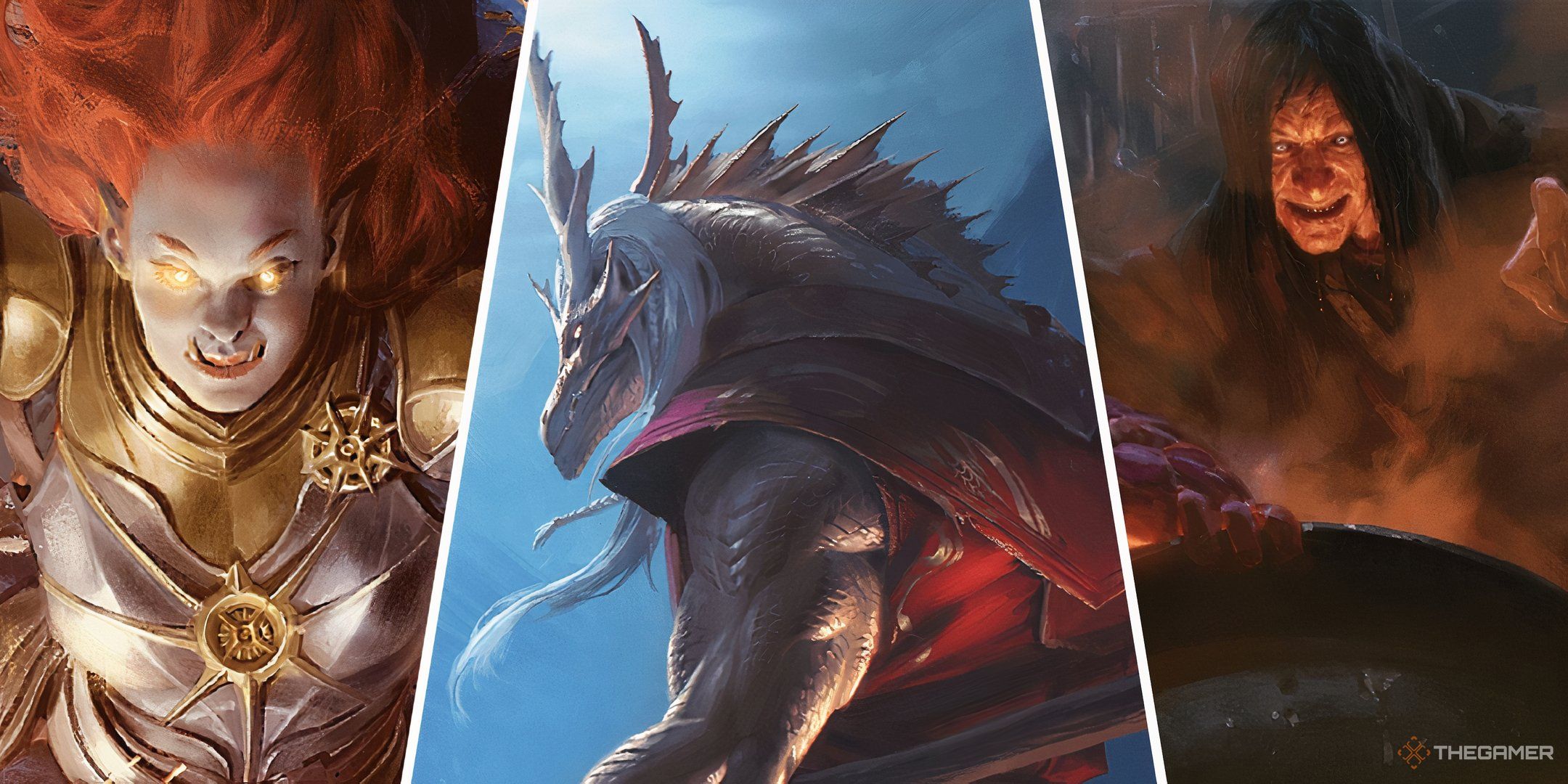
Next
Dungeons & Dragons: Alignment Explained
Learn everything about alignment in this Dungeons & Dragons guide.
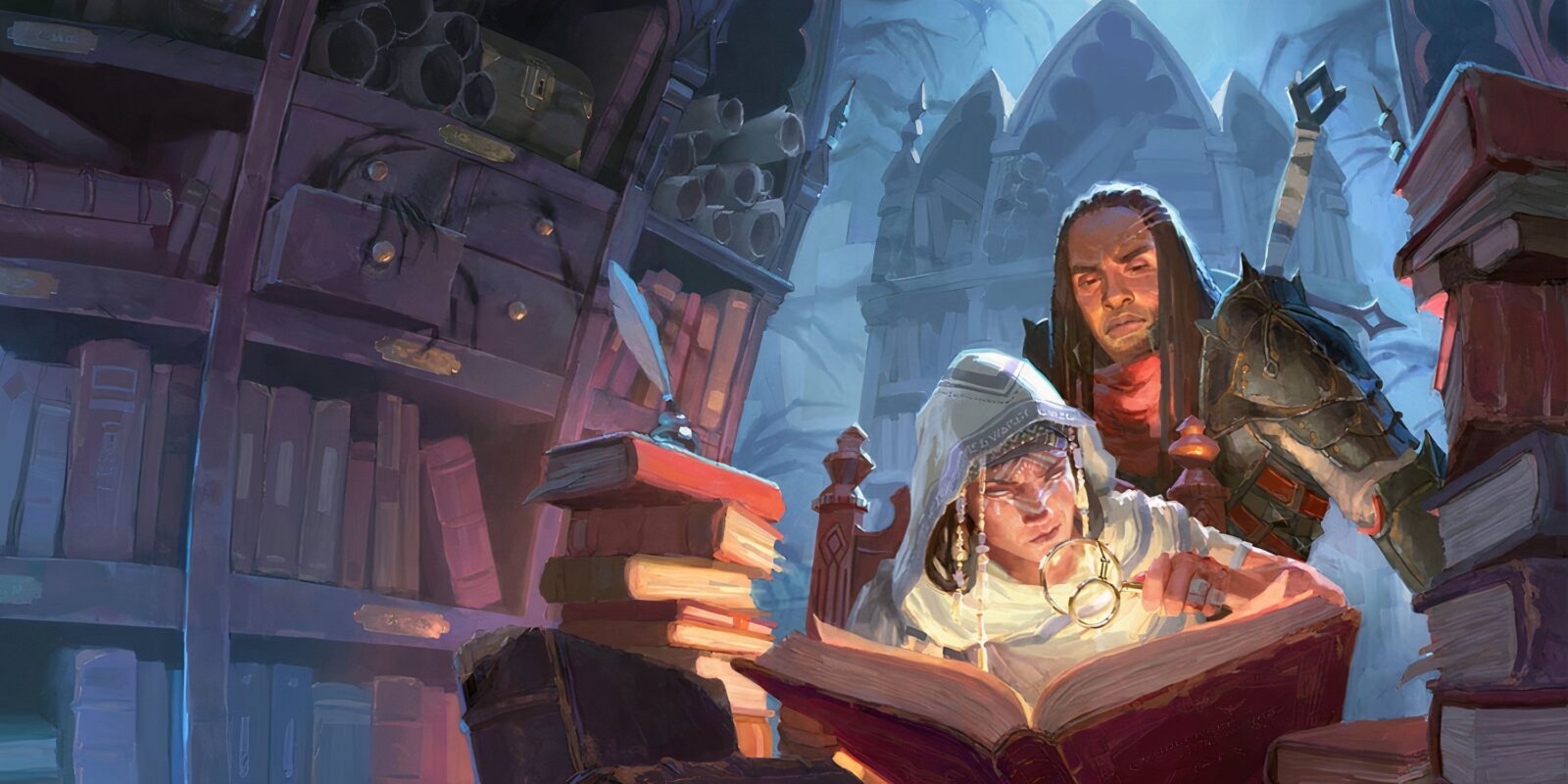

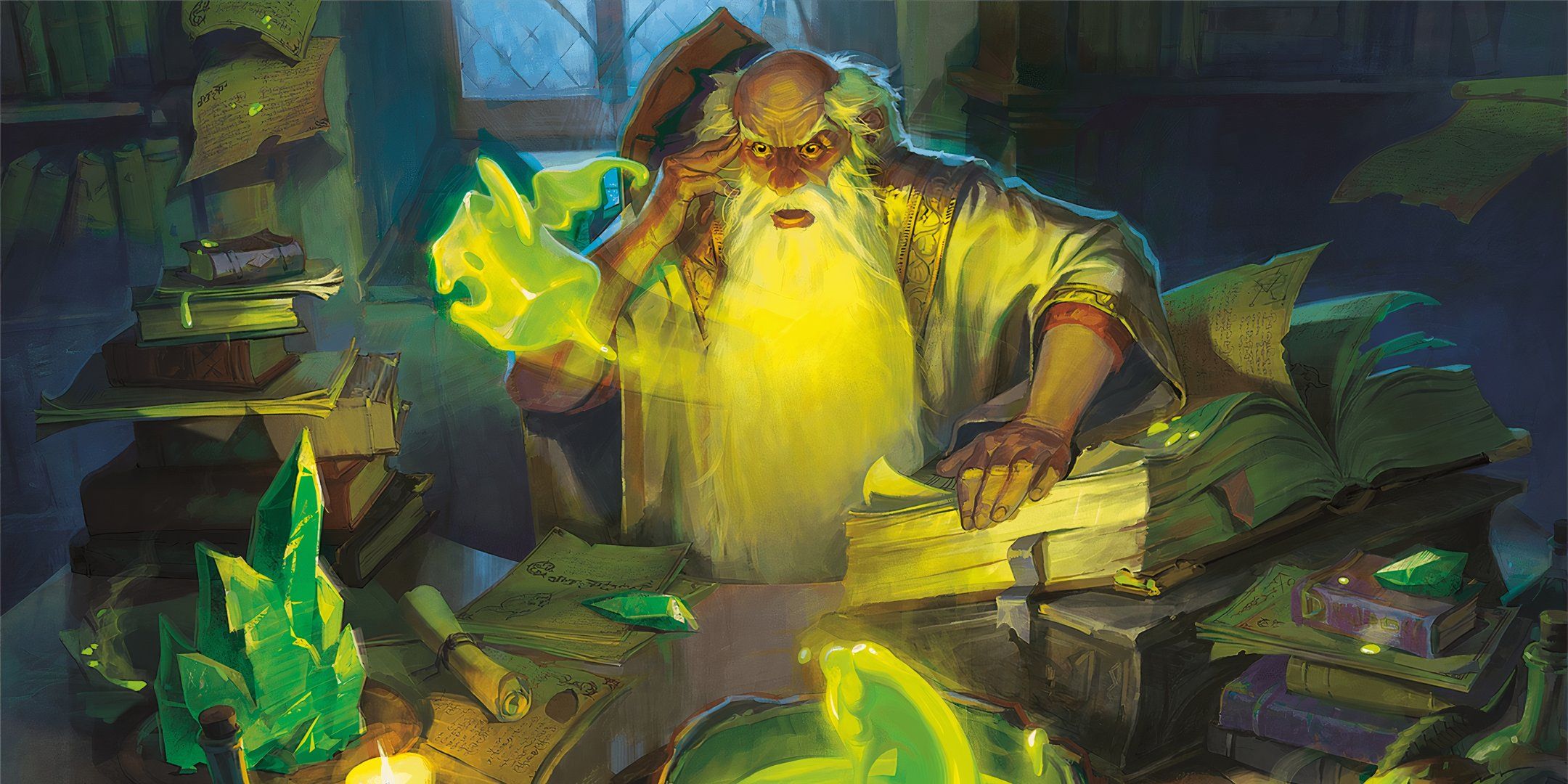
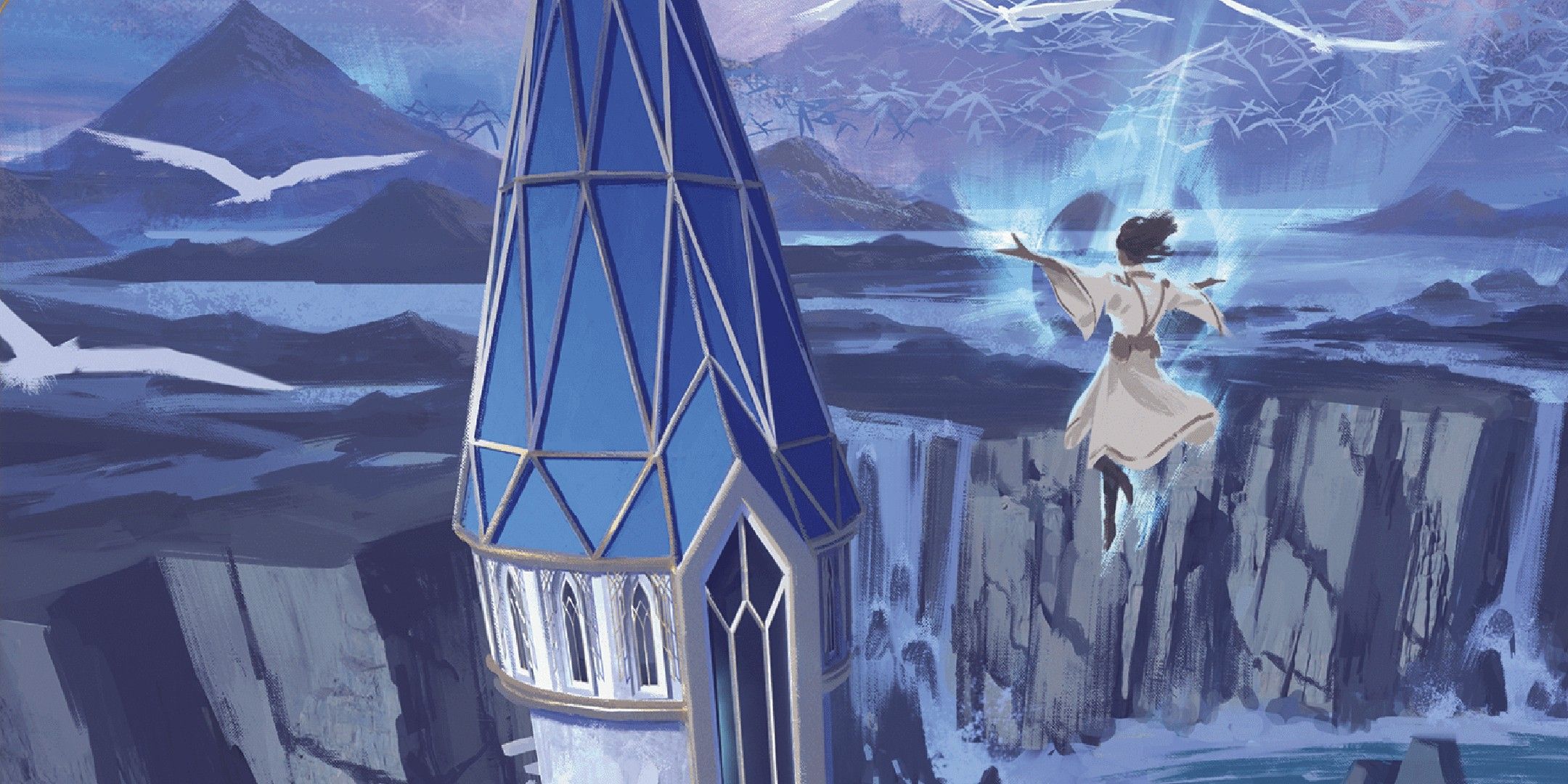

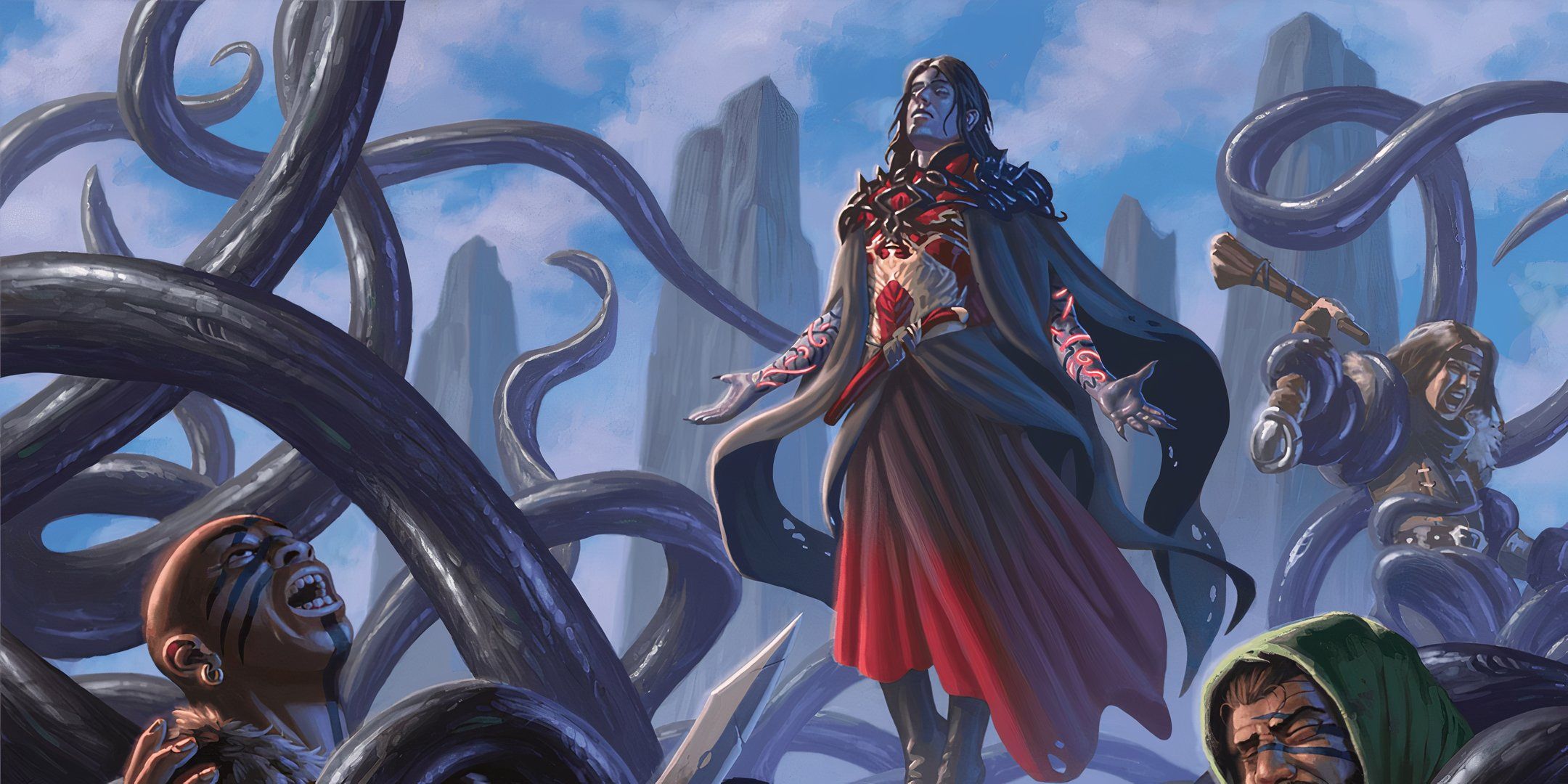
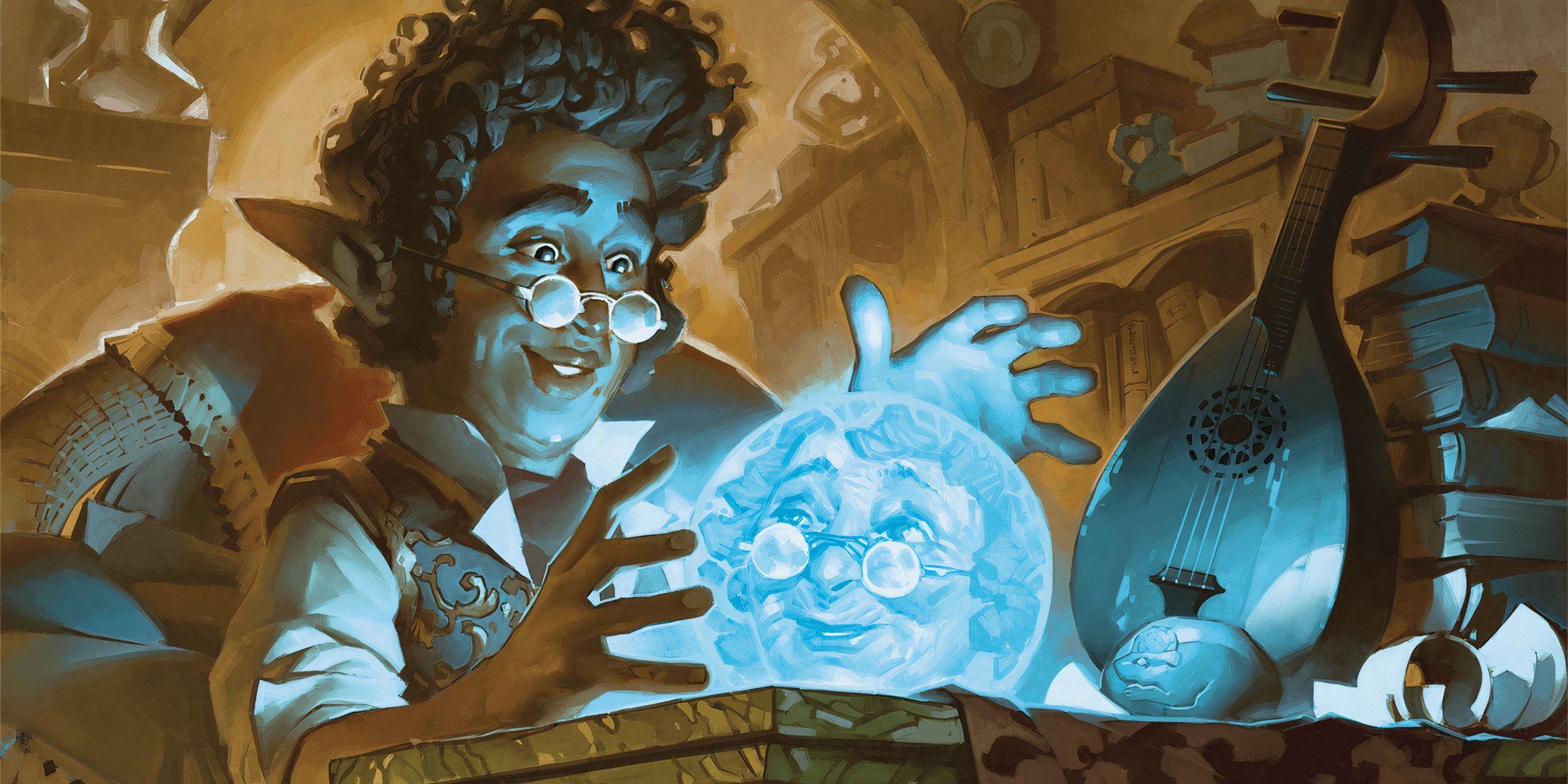
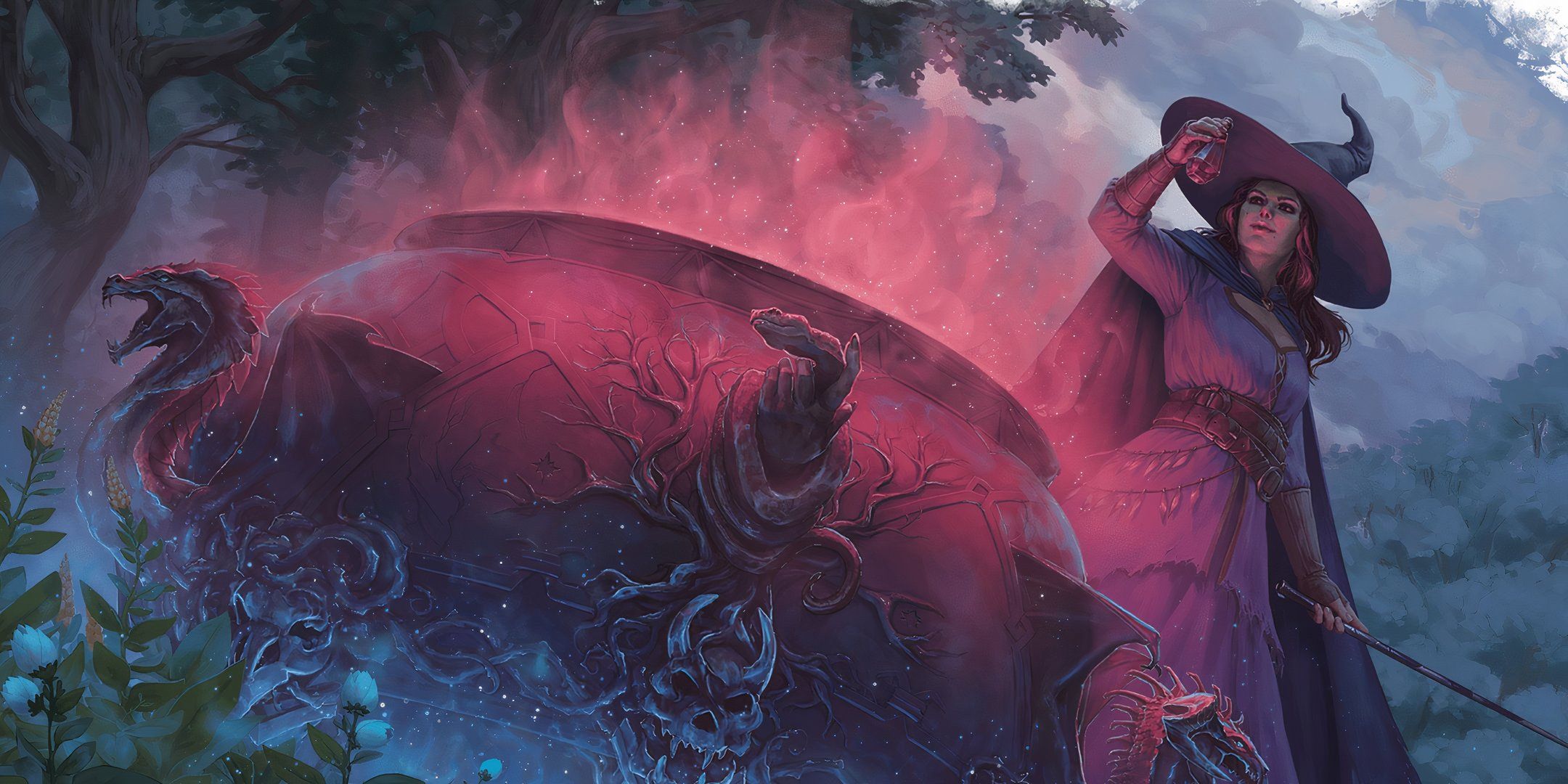
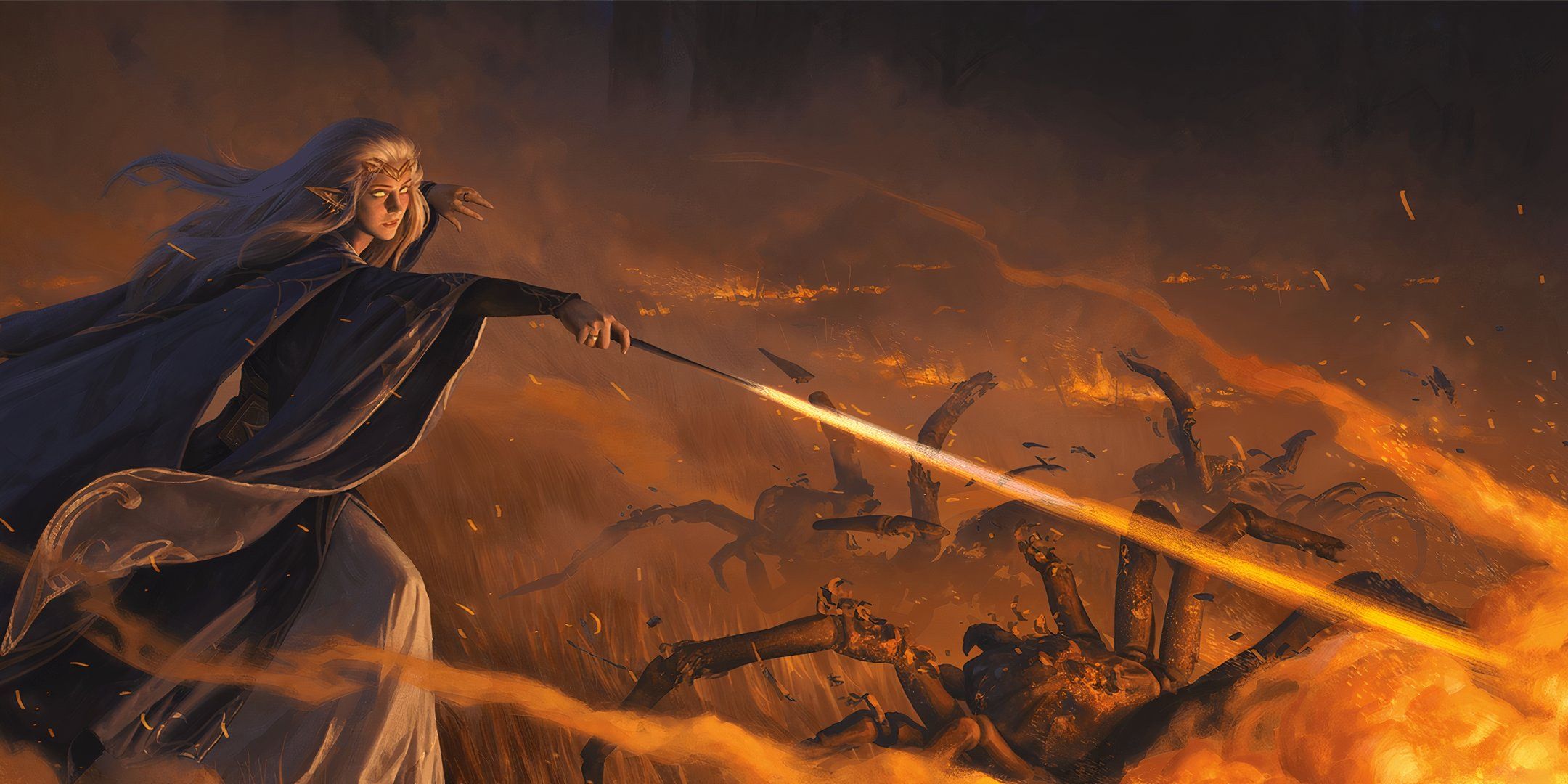
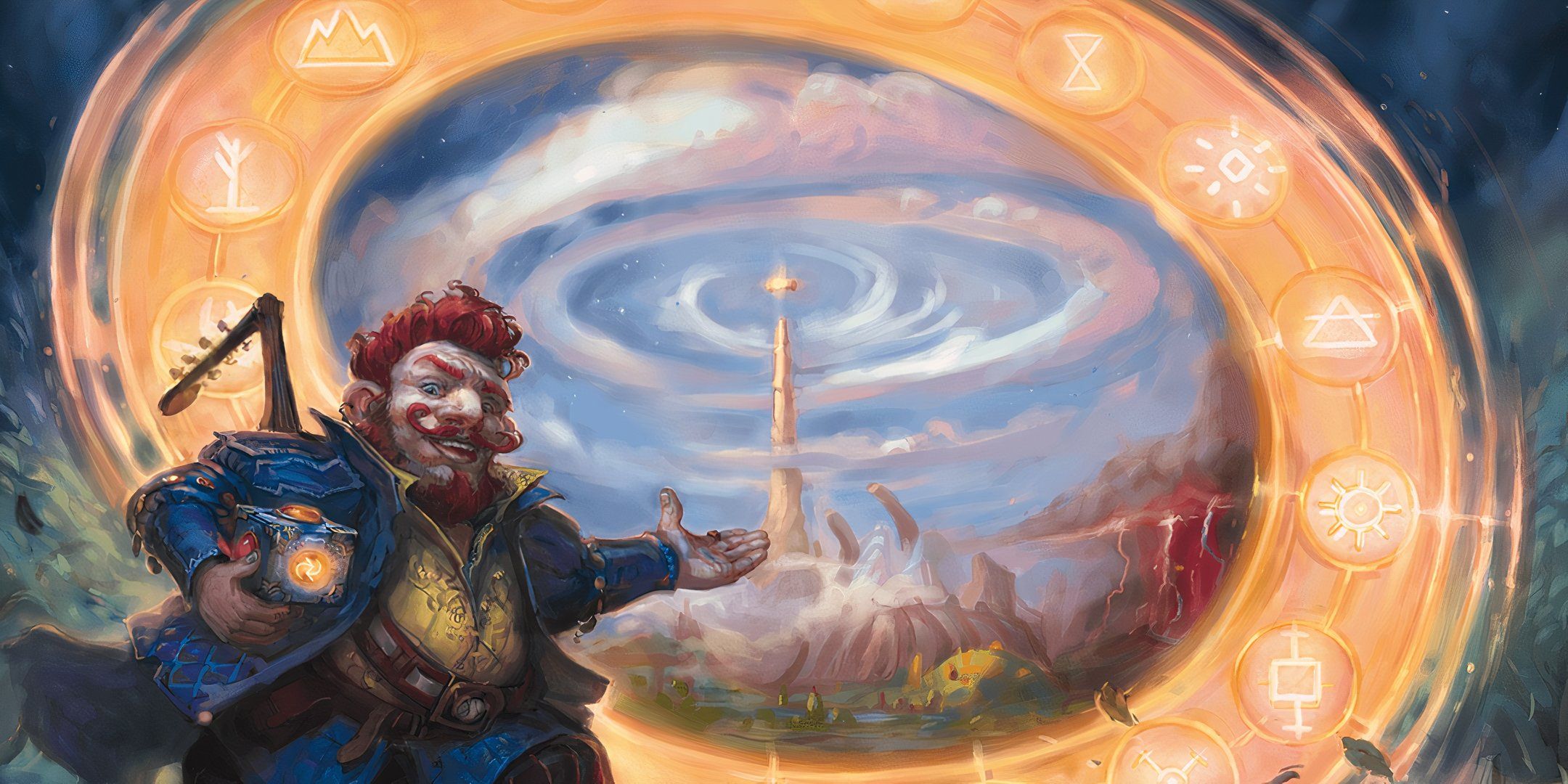
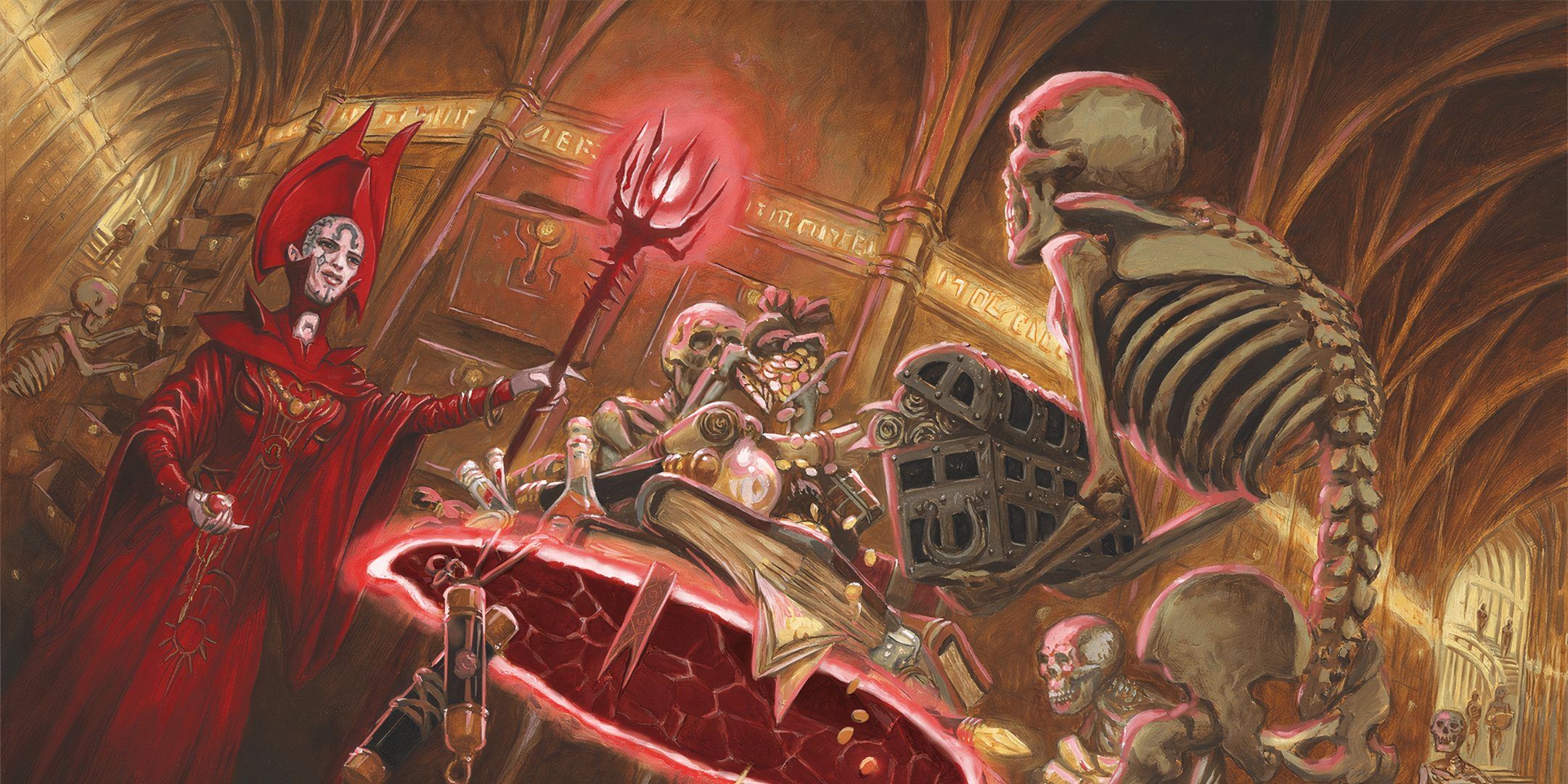
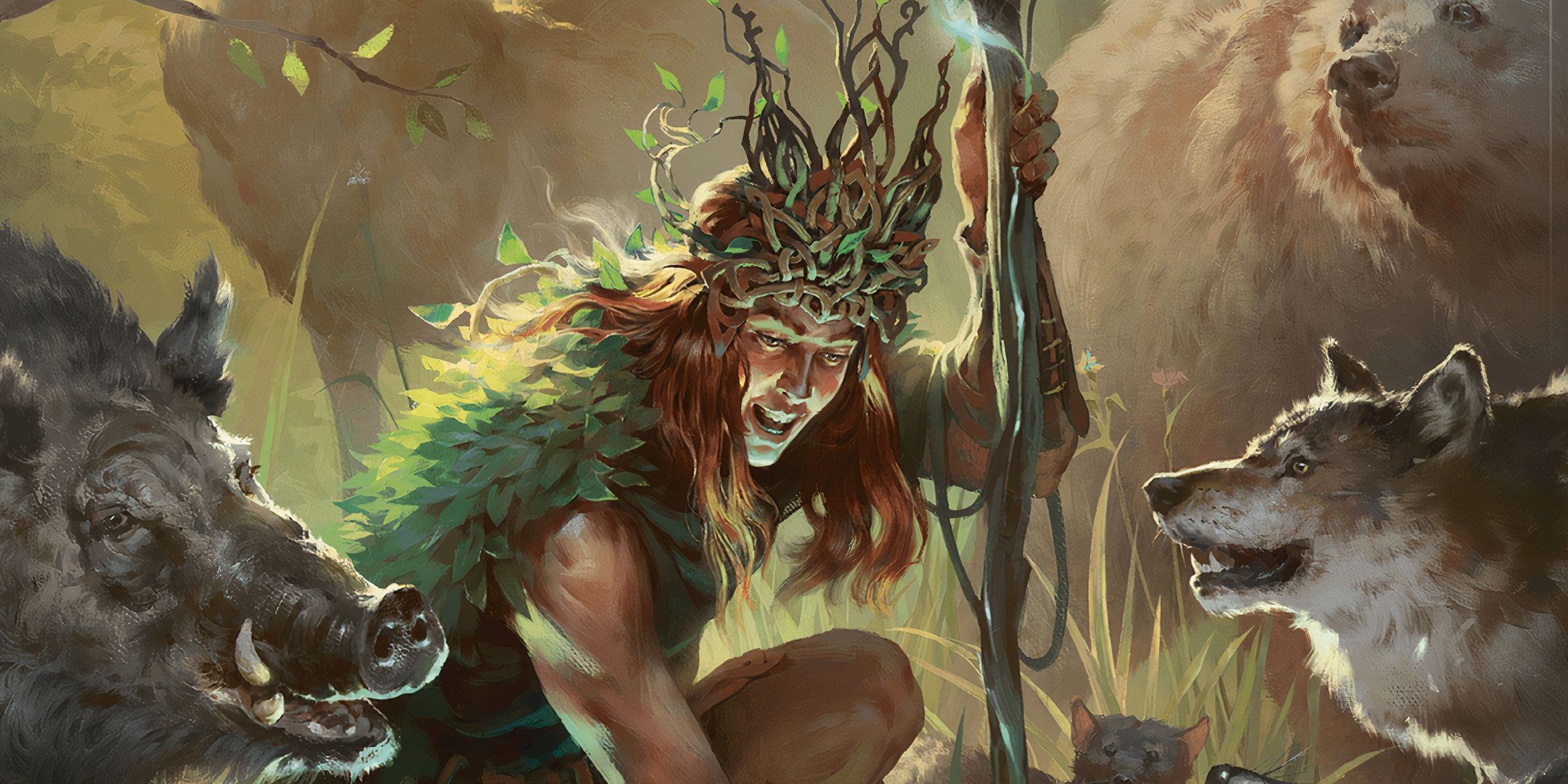



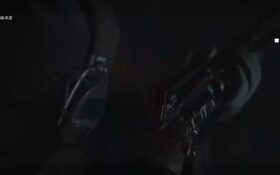


Leave a Reply